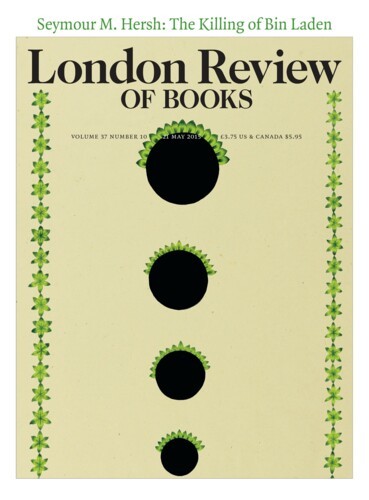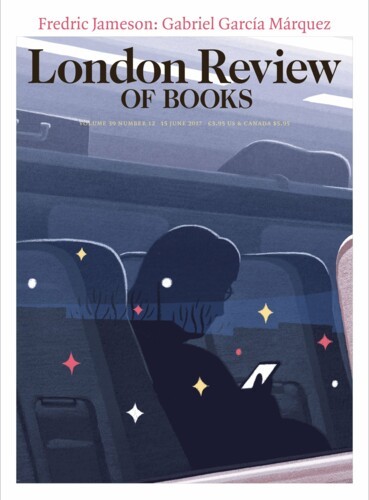The Wrong Head: Am I Napoleon?
Mike Jay, 21 May 2015
‘Delusions of grandeur’, of which believing oneself to be Napoleon became the archetype, rose to extraordinary medical and cultural prominence during the July Monarchy. By 1840 it accounted for a quarter of all diagnoses of insanity. It was a form of monomania, the term coined by Esquirol to describe an uncontrolled delusion or obsession (idée fixe) in one who might otherwise appear sane. He conceived it as a disease of the passions, a consequence of ‘self-love, vanity, pride and ambition’, and hence a moral failing as much as a pathology.





